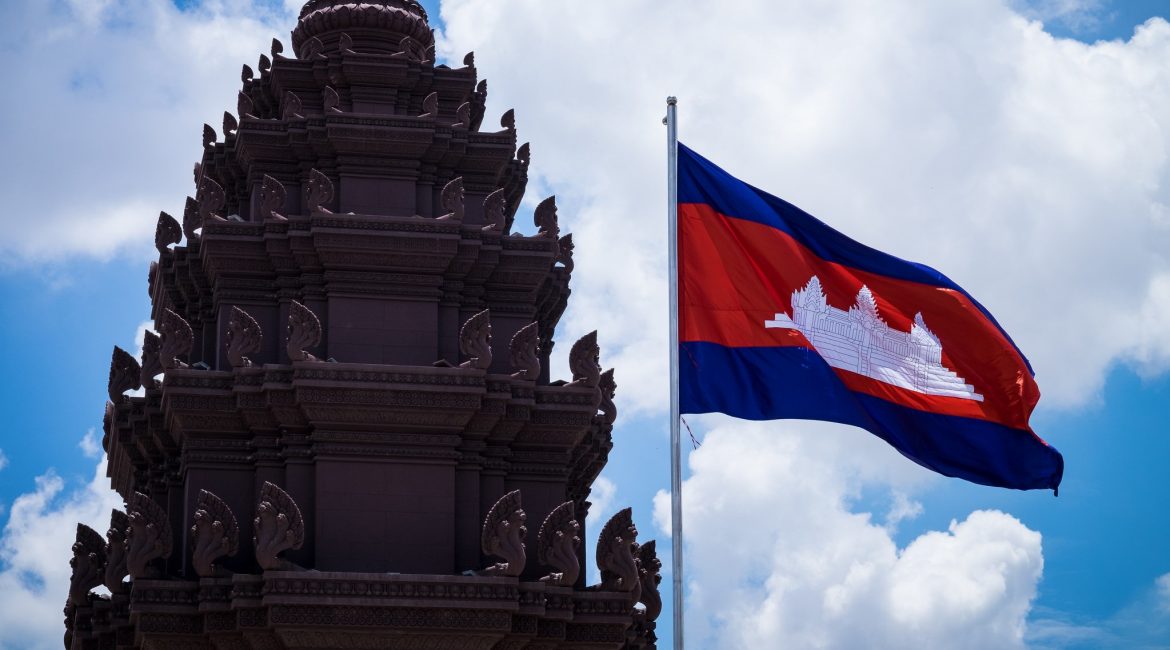You are an ambitious inventor and entrepreneur, and you have invented something that you anticipate would change the lives of many others for the better. You are also of the opinion that your invention may have commercial success once it hits the market, hence you cannot wait to introduce this new innovation to the market.
Nevertheless, the fear and anxiety of your invention being misused, blatantly copied or taken advantage of by competing parties makes you think twice about disclosing your idea to the public.
So what would you do in this kind of situation? The answer is simple; you file a Patent for your idea. However, do you know what goes into a Patent Application process?
Here are some of the 5 most common misunderstandings or misconceptions about obtaining Patents in Cambodia.
1. If no one else has patented my idea, my patent is likely to be granted.
Many do not know that there are certain ideas which are not patentable because the idea has been around for so long that no relevant patents can be found, the idea could be common knowledge, or the idea simply isn’t considered useful by the Patent Office. Furthermore, various countries have restrictions on ideas and inventions that can and/or cannot be patented.
In order to be eligible for a Patent in Cambodia, your invention must meet three requirements which include the invention being novel or new, involves an inventive step, and is industrially applicable. The invention is considered new if it is not anticipated by prior art, wherein the prior art consists of everything disclosed to the public, anywhere in the world, by publication in tangible form or by oral disclosure, by use or in any other way, prior to the filing or, where appropriate, the priority date, of the application claiming the invention.
An invention shall be considered as involving an inventive step if, having regard to the prior art relevant to the application claiming the invention, would not be obvious to a person having ordinary skill in the art. Lastly, an invention shall be considered industrially applicable if it can be made or used in any kind of industry.
Another form of a Patent is called a Utility Model, also known as a Minor or Petty Patent, that requires only the invention to be new and capable of industrial application; the invention does not need to involve an inventive step. At any time before the grant or refusal of a patent, you may convert your patent application into a utility model application, which shall be accorded to the filing date of the initial application.
2. A patent is not a guarantee that you are not infringing someone else’s patent.
This is a very important and often forgotten fact. Even if you have a patent on your invention, you can still infringe someone else’s patent rights with your invention. The Patent Office examines if your invention is novel and involves an inventive step, but even if your invention satisfies these requirements and your patent gets granted, it can still happen that you infringe someone else’s patent.
Having a patent granted for your invention simply means other people are excluded from exploiting your intellectual property. To add to the confusion, there are often overlaps of patents in technology, for example. This means that one patent owner may require another to obtain a license before they are able to use their own idea or product in a commercial manner.
Example:
One prior art discloses a simple chair with four legs, which is patented, and the patent is still valid. Your application describes a chair with two armrests. Your invention (chair with two armrests) is new, since it is different from the prior art. Additionally, your invention is found to involve an inventive step, as the addition of the armrests is not obvious and provides a technical solution to a technical problem. However, the patent on the simple chair (without armrests) covers all chairs having four legs, so the scope of the claim also covers your chair. If you produce and sell your chair with the armrests without permission of the other patent owner/proprietor, you could be infringing his patent rights. It shall be understood that you will only infringe if you commercialise your product in the same country as the other patent is maintained. Only when you have a granted patent, then you are not infringing. Therefore, you can only commercialize your product if you enter licensing agreements with the other patent proprietor, obtain a license and pay license fees.

3. You cannot keep your invention a secret.
You cannot obtain a patent for your idea and product while keeping it a secret at the same time. Patents are granted by Patent Offices in exchange for a full disclosure of the invention. The entirety of the patent application details, along with the description of the invention, the name and address of the applicant are published in the database of the respective Patent Offices, and are made available to the public before the grant of the patent. Typically, a preliminary publication of the patent application may be made public in some countries after a predetermined time period from the date of filing of the patent application. For example, a European patent application is published after the expiry of 18 months from the date of filing or, if a priority is claimed, from the pearliest priority date. The applicant may also request for earlier publication, if necessary.
4. Patents in Cambodia are valid anywhere in the world.
When you have been granted a patent in Cambodia, the patent protection only applies in Cambodia.
You will be required to secure a separate patent for each country that you want to have your intellectual property to be protected in. Do keep in mind that each country will have their own fees and your costs will rise significantly, not excluding the amount of paperwork that will have to be managed. We highly recommend that you not attempt this without expert guidance who can help you through the processes.
5. There is no need to seek professional help to get a patent.
After working through each of the previous four misconceptions about patents in Cambodia, the final one may not come as a surprise! The reason you are seeking to file a Patent Application in Cambodia is because you want your intellectual asset to be protected. As such, it is adamant that you have to be as thorough as possible throughout the entire process so that nothing is overlooked which could cause your application to be rejected or that could allow your patent to be nullified in the future.

Trust Pintas with filing your patents in Cambodia
The Pintas team is trained to assist you from the early stages of your Patent Application in Cambodia up until the end. With a big team of drafters ranging from various educational fields and a tight management of Patent deadlines by the procedural team, Pintas will be able to assist you with a worry free Patent Application process.
Filing a patent in Cambodia can be a confusing process that takes a lot of time, effort, and money. Nevertheless, you’ll give yourself – and your brilliant invention – the best chance at actually changing lives for the better if you work with IP consultants who have the experience and knowledge to efficiently bring your patent application to a favourable outcome
Sources:
The most common misconceptions about patents — Fillun

